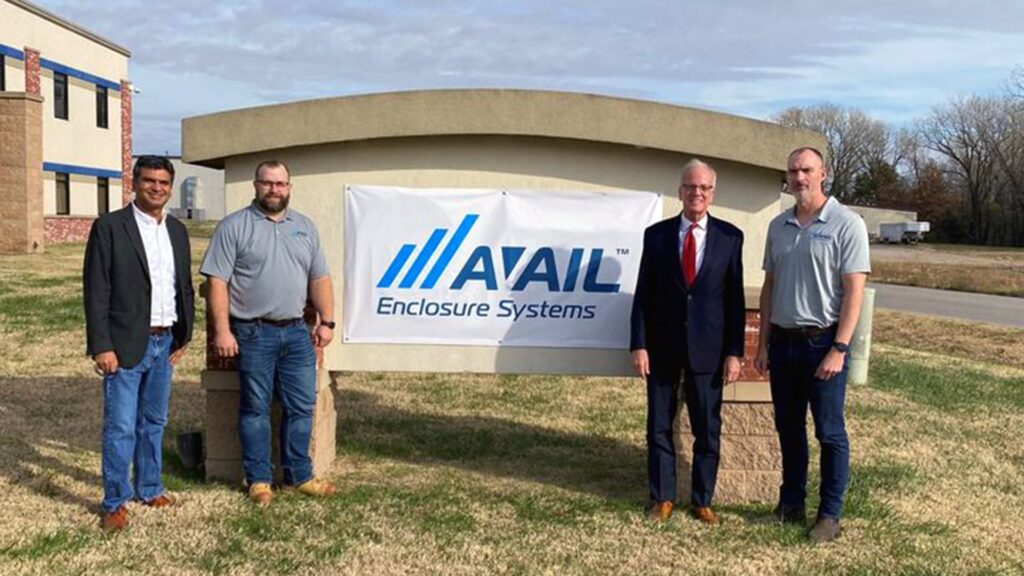IT equipment is faster and hotter
Managing cooling and power efficiencies has been challenging for data center designers for quite some time. This is due to the significant loads required for the centers to operate effectively. IT equipment manufactured today is substantially smaller and faster, but more importantly to designers, the power density of the system is high, therefore generating significant excess heat. Temperature increases in data centers are a risk to reliability. Although modern data center efficiency has improved, better power usage efficiency (PUE) can still be achieved using various cooling design methods.
Data Center PUE (Power Usage Efficiency) determines Data Center Efficiency
Originally conceived by Green Grid, an organization that works to advance public policies for the tech sector, PUE is a metric used to determine the energy efficiency of a data center. Expressed as a ratio, PUE is the amount of power required to manage the data center versus the power necessary for the IT equipment.
Data Center PUE = (Total Facility Energy) / (IT Equipment Energy)
A data center’s PUE improves as the ratio decreases toward 1. The average power usage effectiveness (PUE) ratio for a data center in 2020 is 1.58, only marginally better than 7 years ago.[1] This means that for each power unit consumed by IT equipment, the data center will have 0.53 units of power consumed by support equipment. Assuming the UPS has a standard heat loss of ~4-5% and the transformer remains unchanged, Avail design engineers emphasize advanced cooling techniques to lower PUE.
Cooling design factors affecting Data Center PUE
The traditional process of forcing cool air from a raised floor is costly and inefficient for modern data centers. Avail engineers begin the design process by evaluating the location of the modular data center in terms of the temperature ranges, relative humidity, altitude, and other pertinent ambient air records that would impact the performance of the cooling design. Utilizing American Society of Heating and Air-Conditioning Engineers (ASHRAE) data center equipment environmental specifications, Avail design engineers seek to optimize cooling efficiency by combining alternatives such as direct and indirect cooling, chilling with air or water, refrigerant condensing, and other heat exchanging methods to maximize data center PUE reductions for improved efficiency.
Total Lifetime Value of PUE Reductions
Avail engineers custom design modular data centers to optimize the cooling coefficients from exterior ambient temperature striving to reduce operating expenditures (OPEX) while lowering capital expenditures (CAPEX). By optimizing a variety of mechanical improvements, PUE reductions can significantly raise IT capacity of electrical equipment. Lowering PUE reduces utility OPEX, and contributes to lowering CAPEX, which can greatly improve data center efficiency and return on investment. By lowering the PUE by 3 basis points, data center operators can save hundreds of thousands of dollars annually.
Avail Enclosure Systems – Advanced engineering for superior e-house protection
Avail Enclosure Systems is North America’s largest, most experienced manufacturer of highly engineered, custom-built, and ruggedly constructed modular e-houses. Our ballistic-rated e-houses, custom e-houses, modular data centers, power distribution centers, and BESS (Battery Energy Storage System) solutions are custom-engineered as cost-effective, play-and-play solutions that protect critical infrastructure while extending operating life. With three manufacturing facilities in North America and optimized production processes, Avail ensures the on-time delivery of your equipment enclosures.
To learn more about Avail Modular Data Centers, as well as our other offerings, visit Avail Enclosure Systems or follow us on LinkedIn.
[1] Lawrence, Andy. Uptime Institute. Data center PUE flat since 2013. April 27, 2020.


